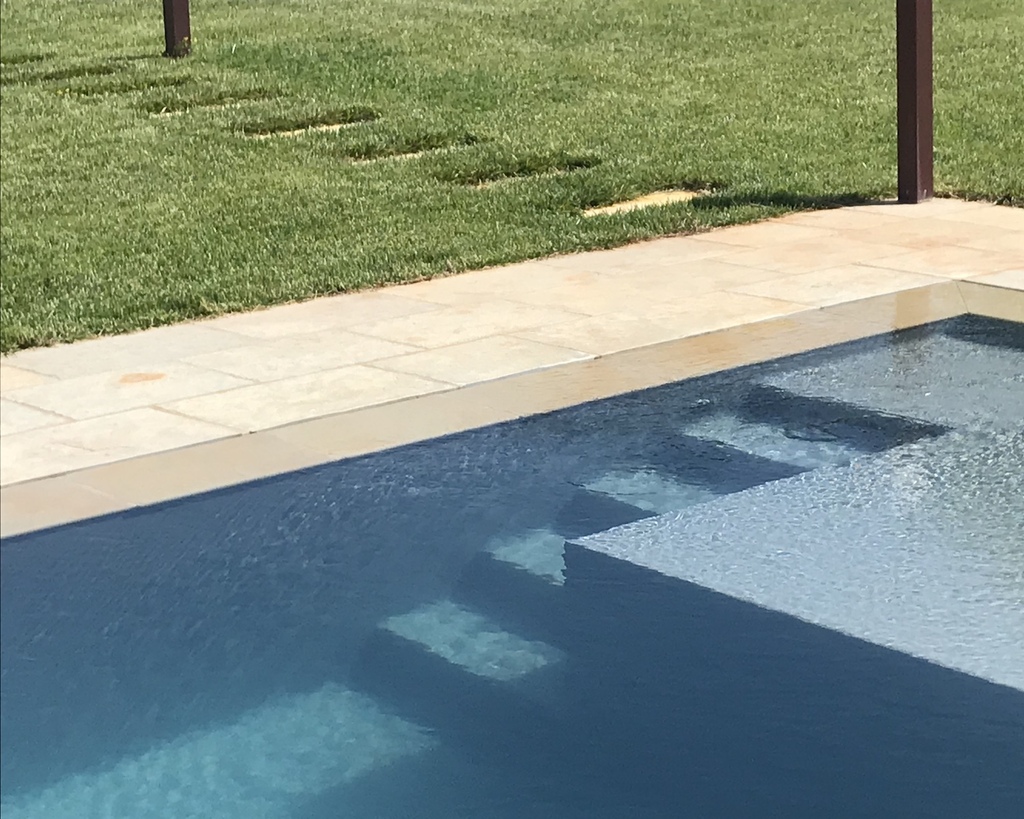
Swimming Pool Geometry
The sharp geometric lines blurred by the movement of water.
The contrasting colours of grass and pool
The repetition of pattern with the steps
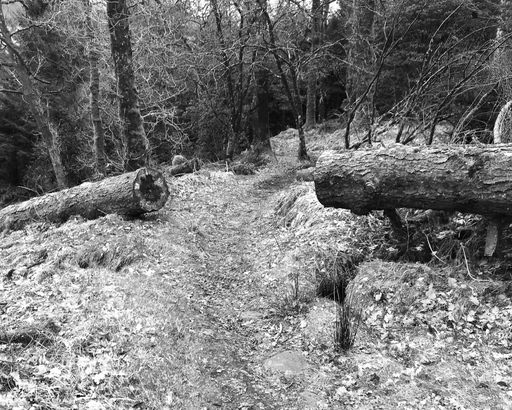

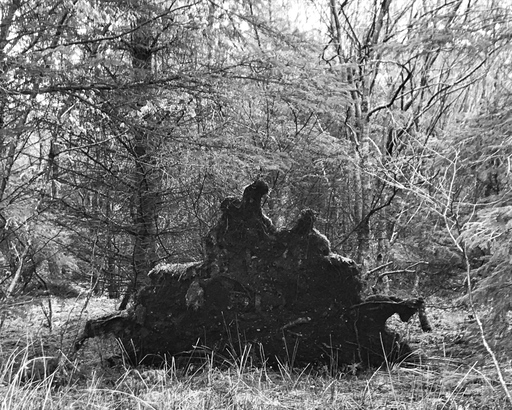
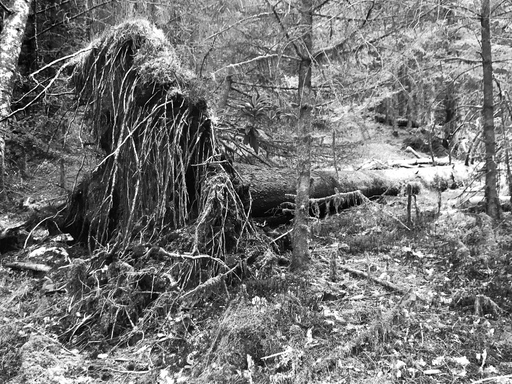
The Fallen
Fallen trees, they may be dead but they are full of life. These trees contain a huge array of living organisms, fungi, lichens, invertebrates, mosses and birds. It is recognised nowadays that dead wood is very valuable to the health of a forest. In the past much dead wood was cleared away to be used as fuel. In recent times forestry practice was to tidy up this dead wood to control pests and fungal diseases as well as for aesthetic resons. This is slowly changing now as its value to the woodland is being recognised.
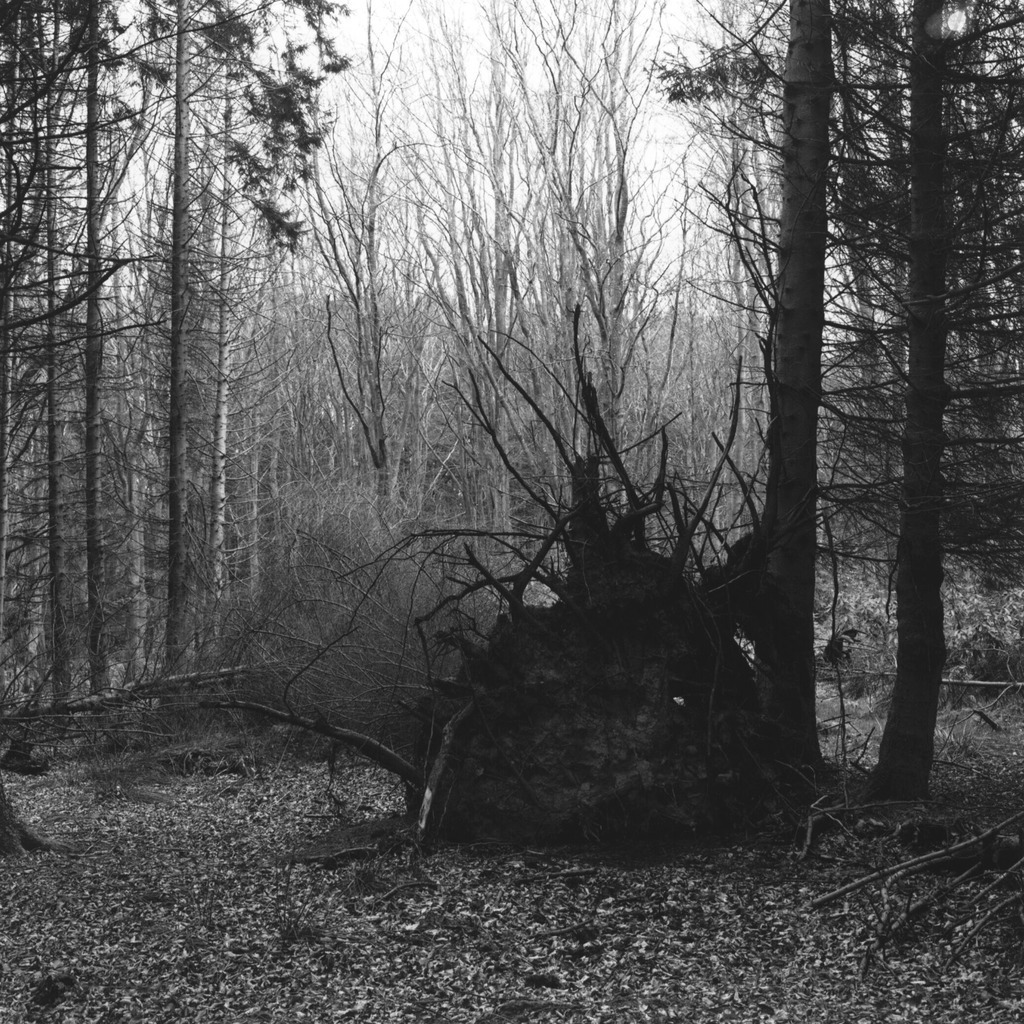
Binning woods in East Lothian. The woods have been here since the early 1700s, but most of it was felled in world war two, with the timber mainly being used to make the airframes for Mosquito fighter bombers. It has since been replanted, so while it has history it could be consider a young woodland. In the middle of the woodland is the Binning memorial wood, where it is possible to have a green environmentally friendly burial. This fallen tree was on the edge of the memorial wood.
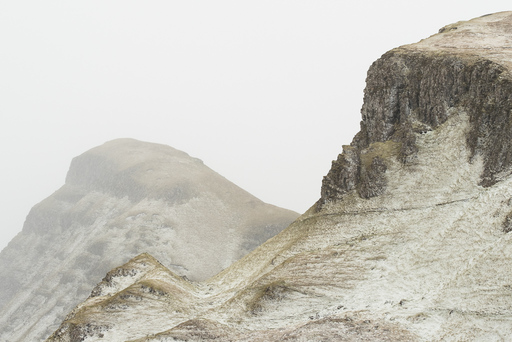



Skye mountains
Late spring snow, picks out the details of the mountains. These mountains seem to exist in their own space, separated from the rest of the world. The blank sky and flat light makes them look like cutout cards placed on top of each other.


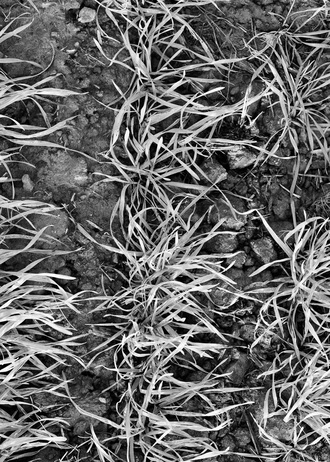
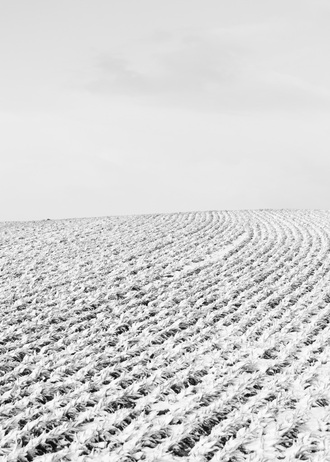


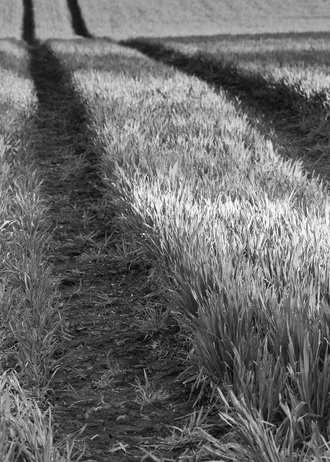
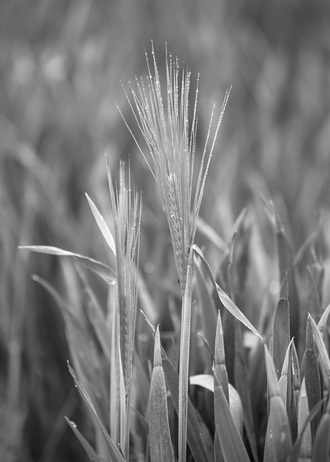
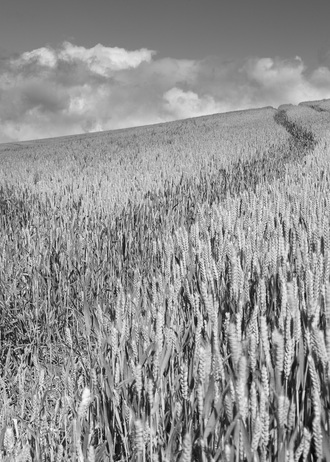
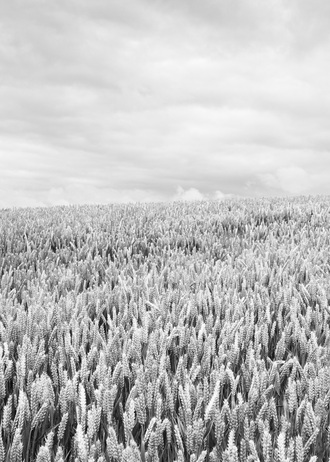
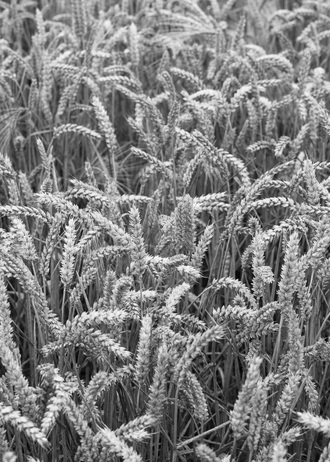

12 months of The Field at Art Gene
For much of 2016 I have been exhibiting at Art Gene, "an independent (inter)national Research Facility", in Barrow in Furnace. I had a year long participation in their U-Hang exhibition programme. The exhibition consisted of a single image from my field project. Every month this image was updated with a new image taken in the previous month. The exhibition was like a small window from Barrow to the field I was recording just outside Edinburgh.
Exhibiting at Art-Gene has had a number of advantages, outside of the obvious exposure. It brought a visual consistency to my project. Due to exhibiting constraints every image had to fit in a portrait A1 poster frame. I appreciated this evenness of form required and returned to older images in the project to apply it to them. I now have a series of images that gel much better.
Committing myself to produce an image every month meant I had to be more disciplined. Previously I had probably been recording images of my field when it looked at its best. In the winter months it had been generally ignored. Suddenly I had agreed to produce an image every month and the first six months were over winter! This challenge only really dawned on me in late November when I was finalising the second image. By March I was pulling my hair out, the field hadn't changed one iota, apart from the saving grace of some snow in January. During this period I imprinted the topography of this piece of land in my brain. I built up a list of stock points of view to use if inspiration didn't hit. By the end I knew the field like the back of my hand. And now I have a more realistic record of the field over the year.
I would like to thank Art Gene for allowing me to exhibit in their lovely building. I would especially like to thank Ruth Pringle (U-Hang coordinator) for encouraging me to do this, believing in me and giving me this opportunity.
You can see the full field project here. The 12 images I exhibited at Art-Gene are above.